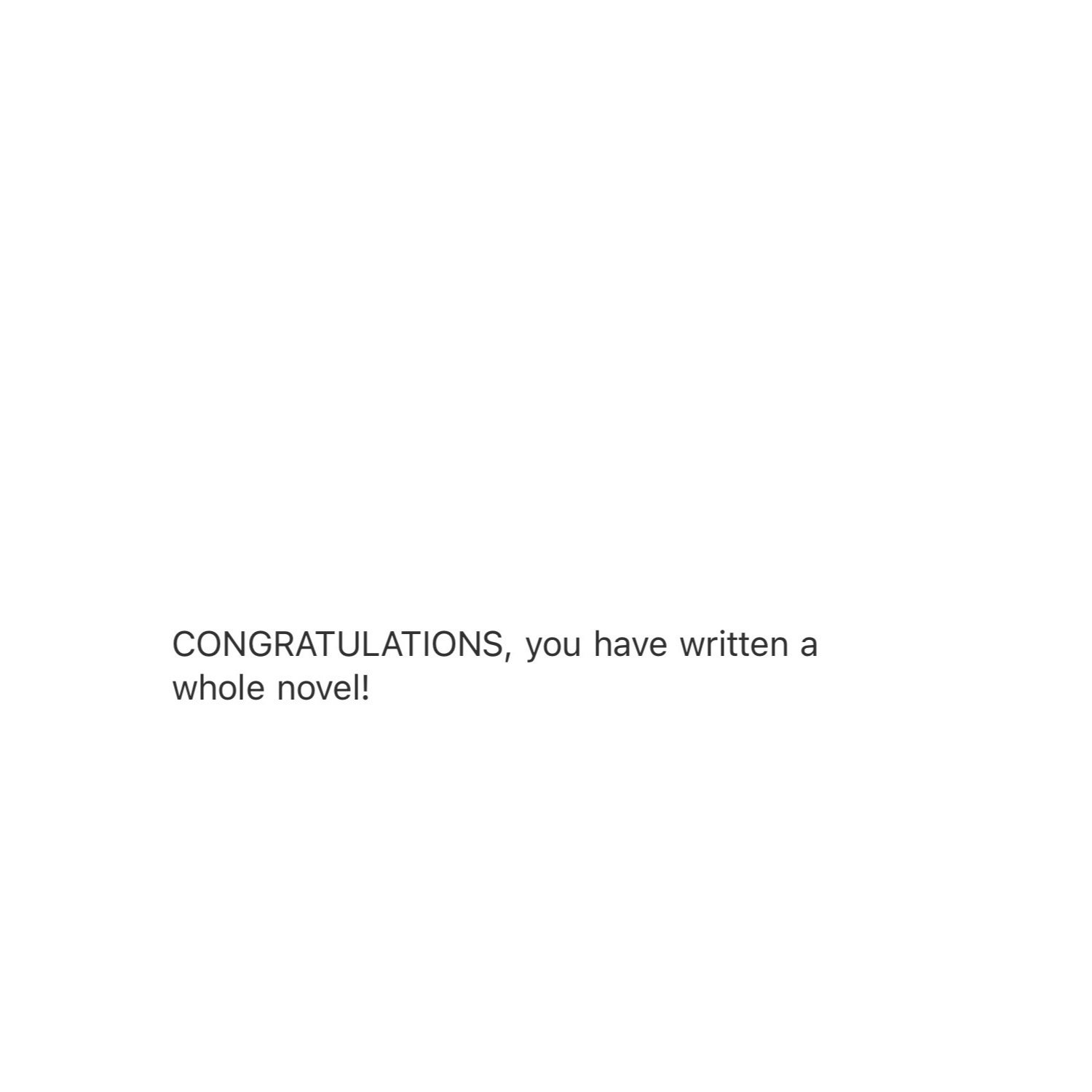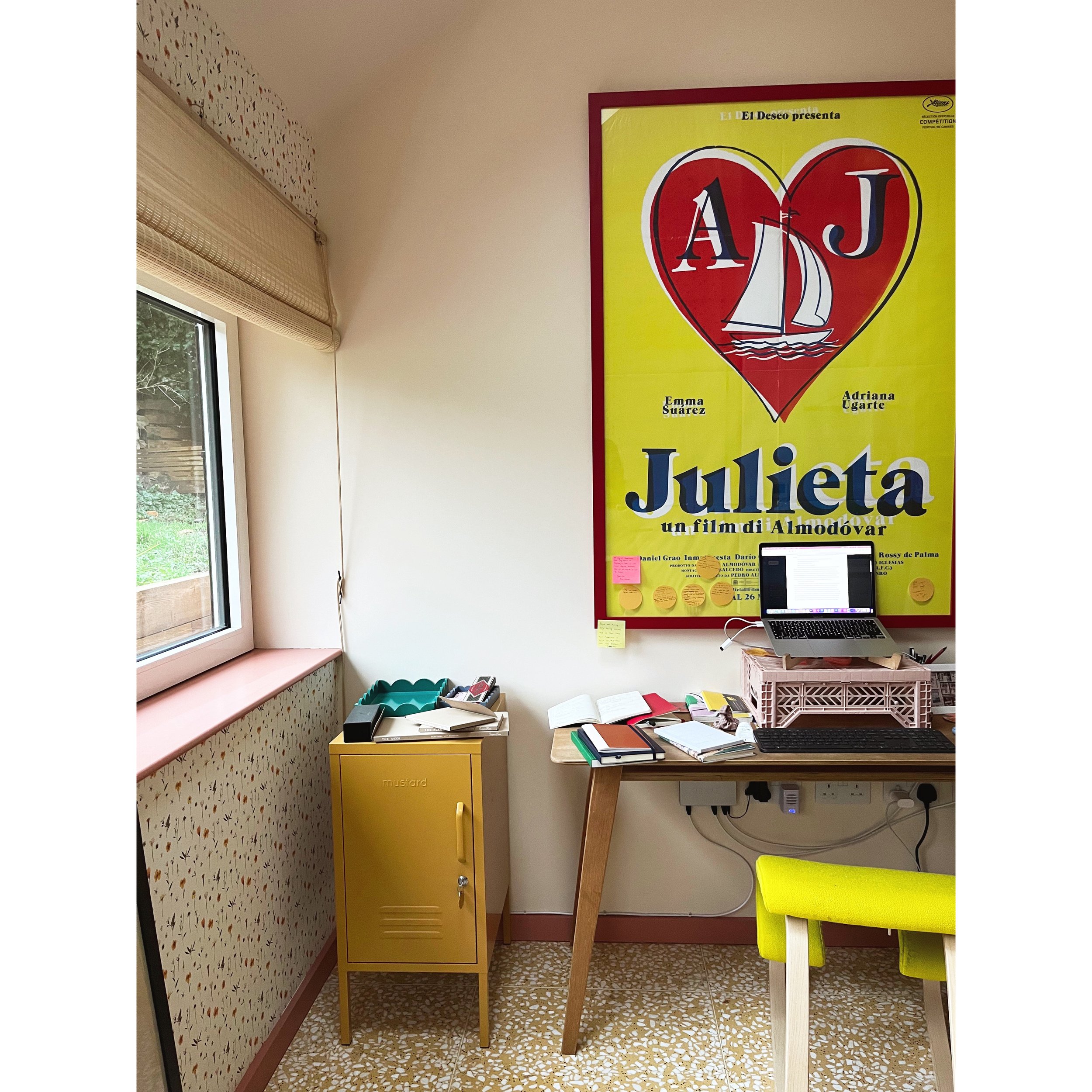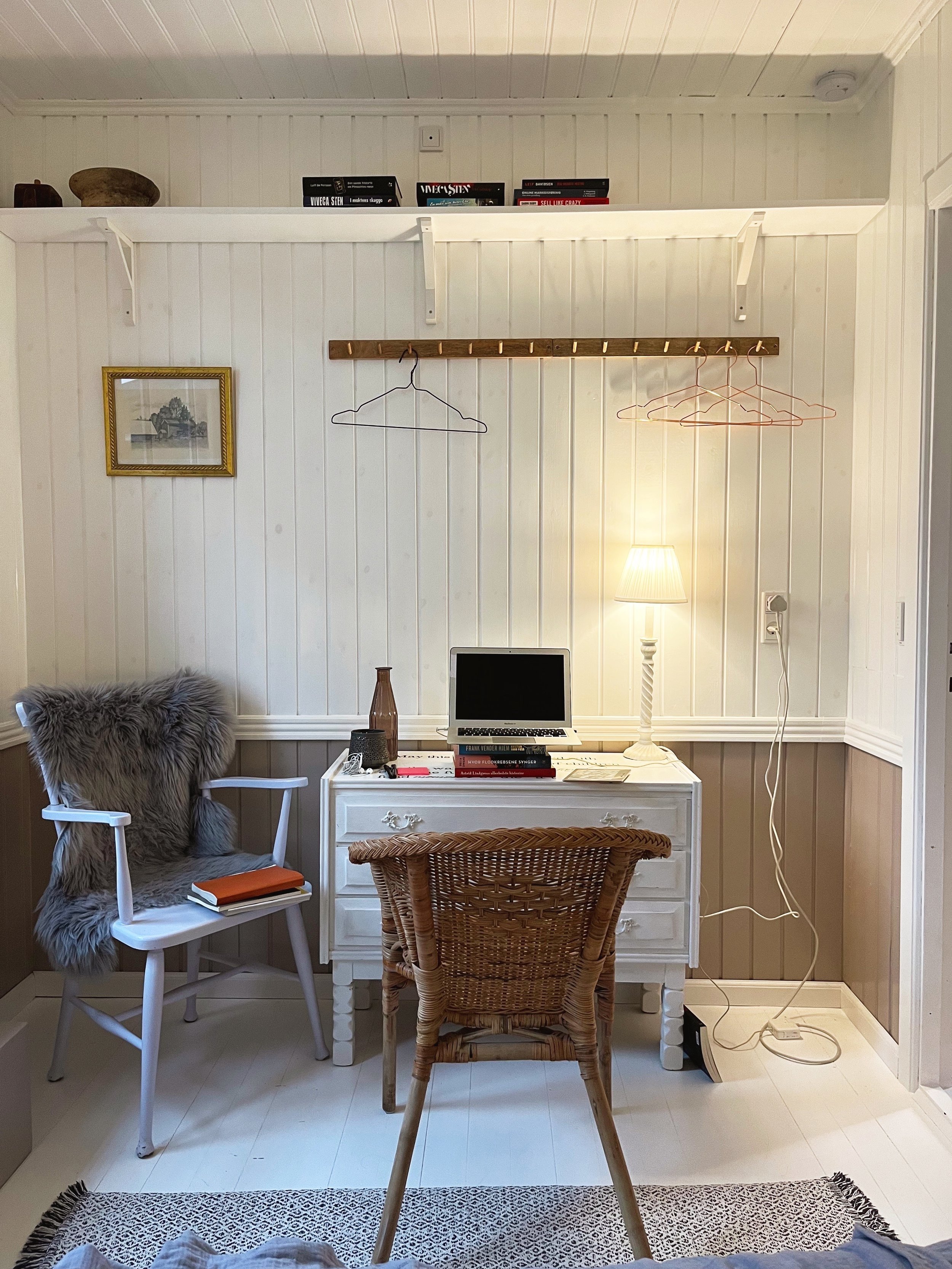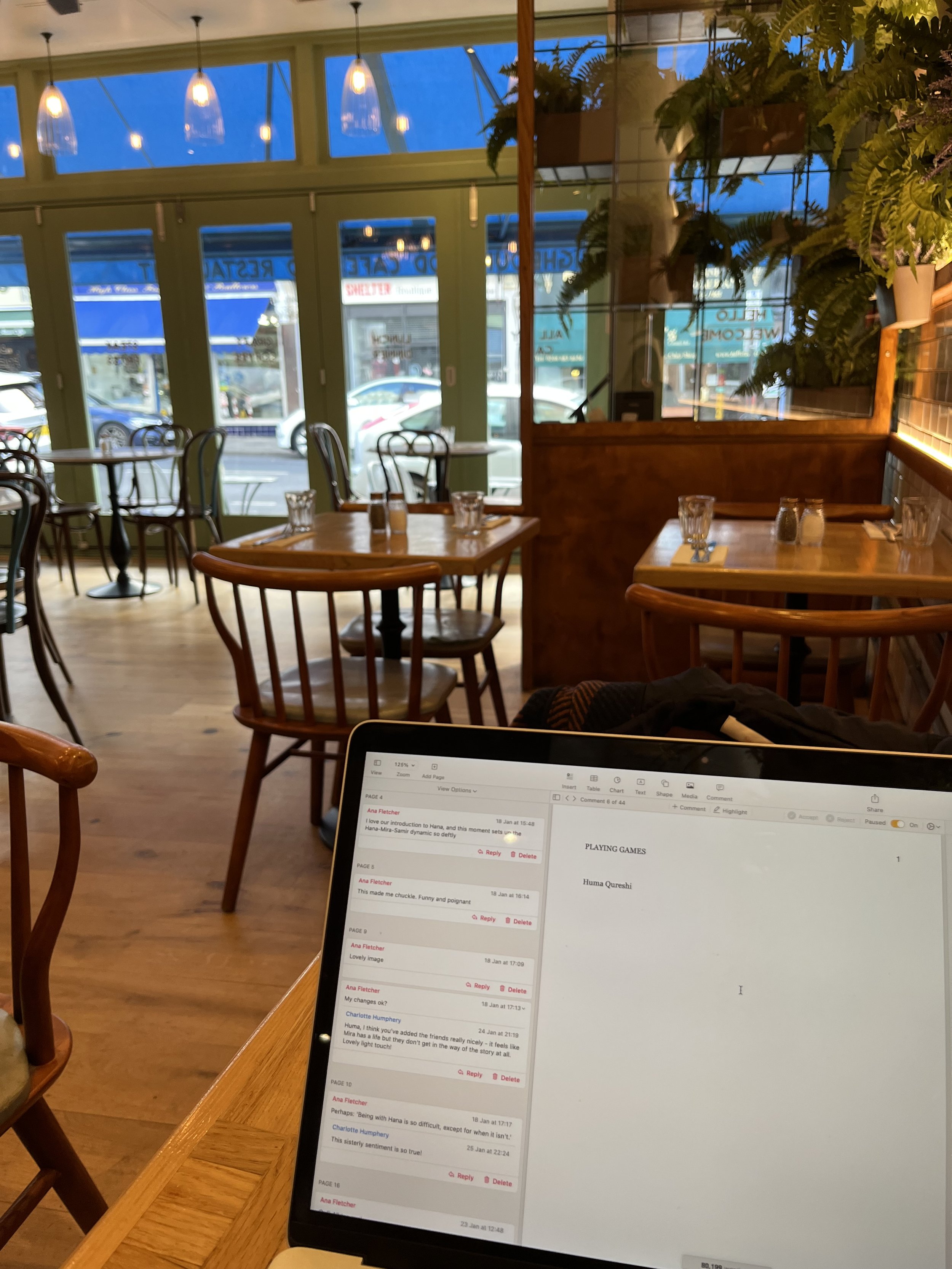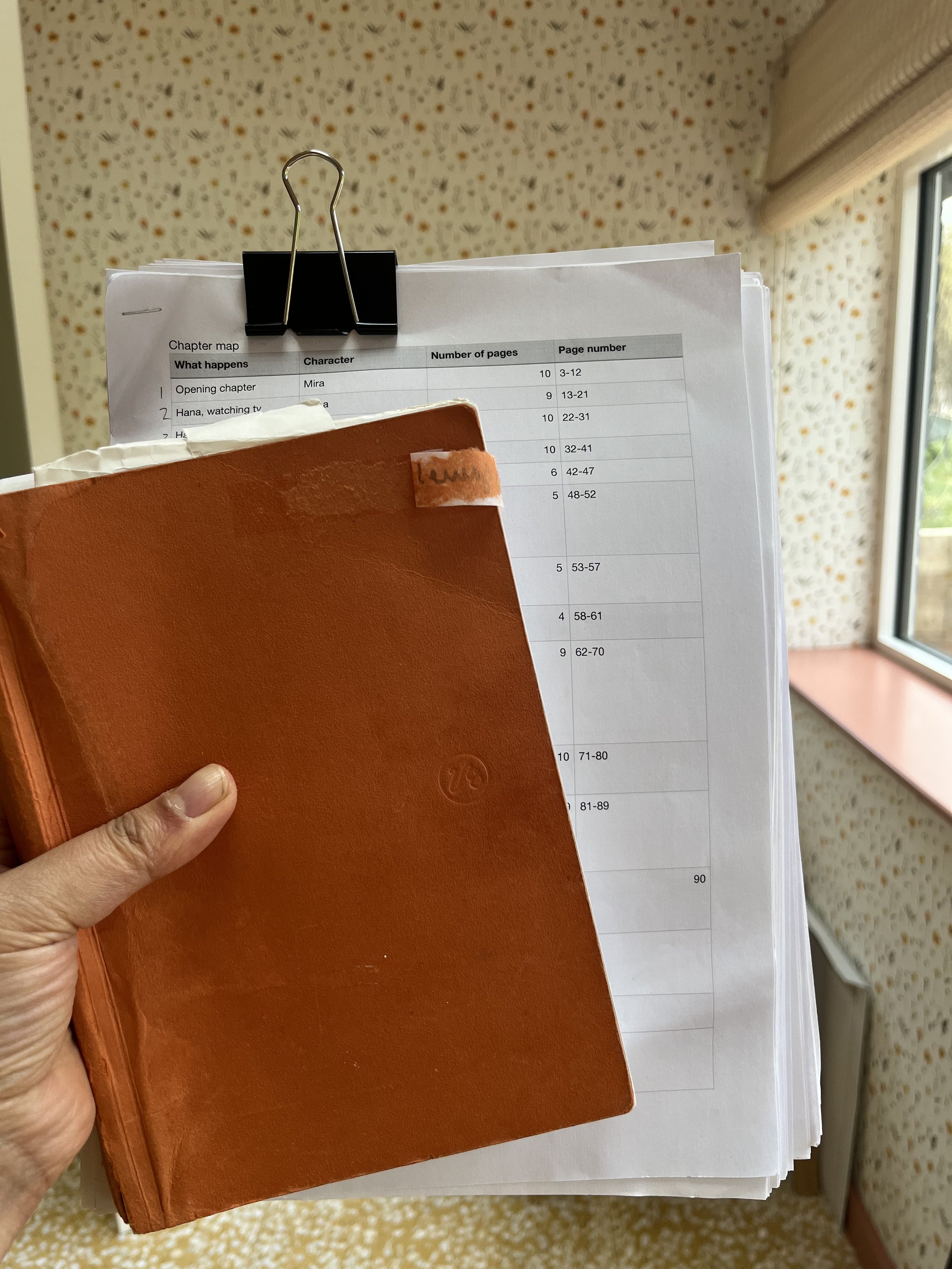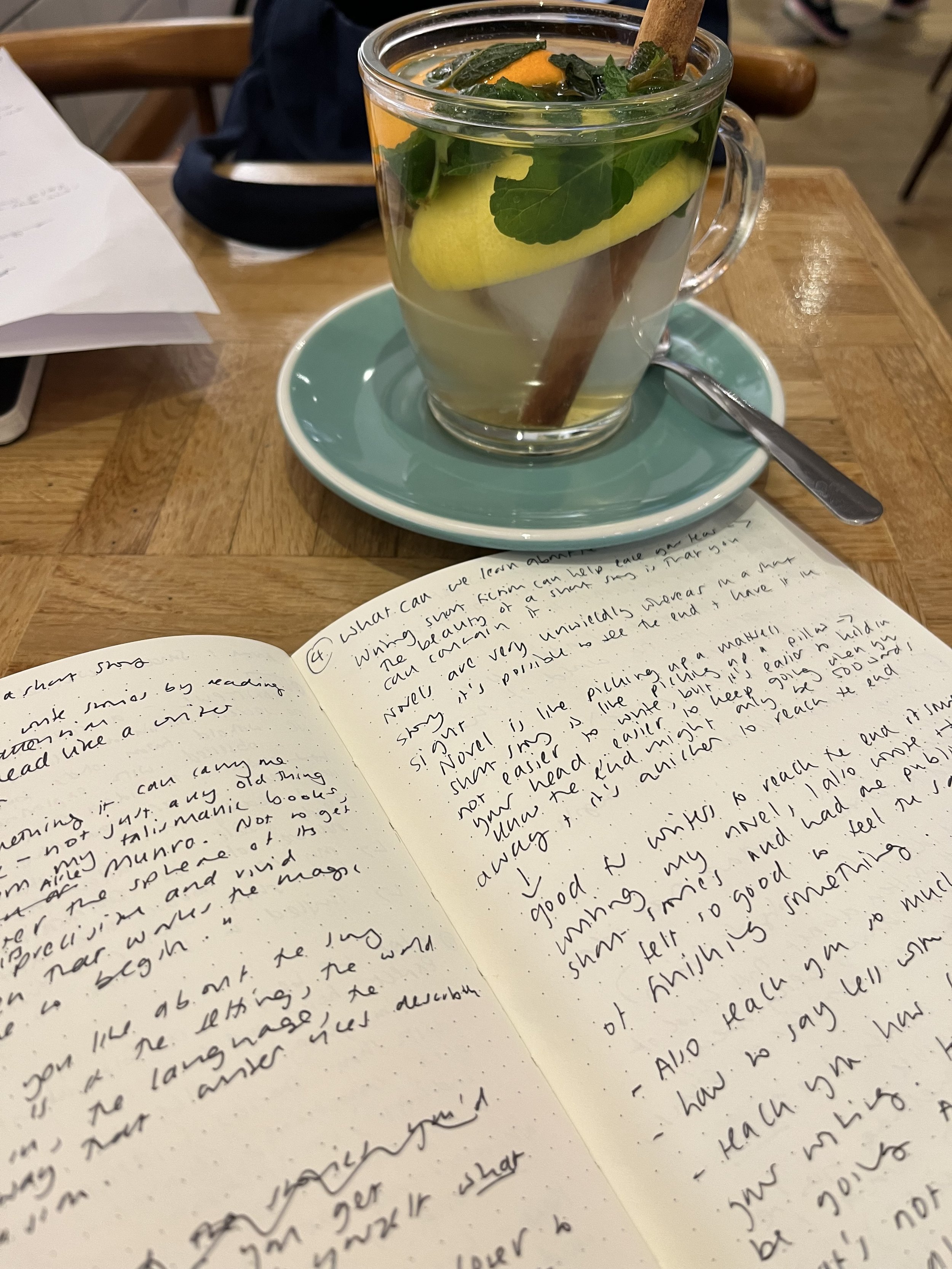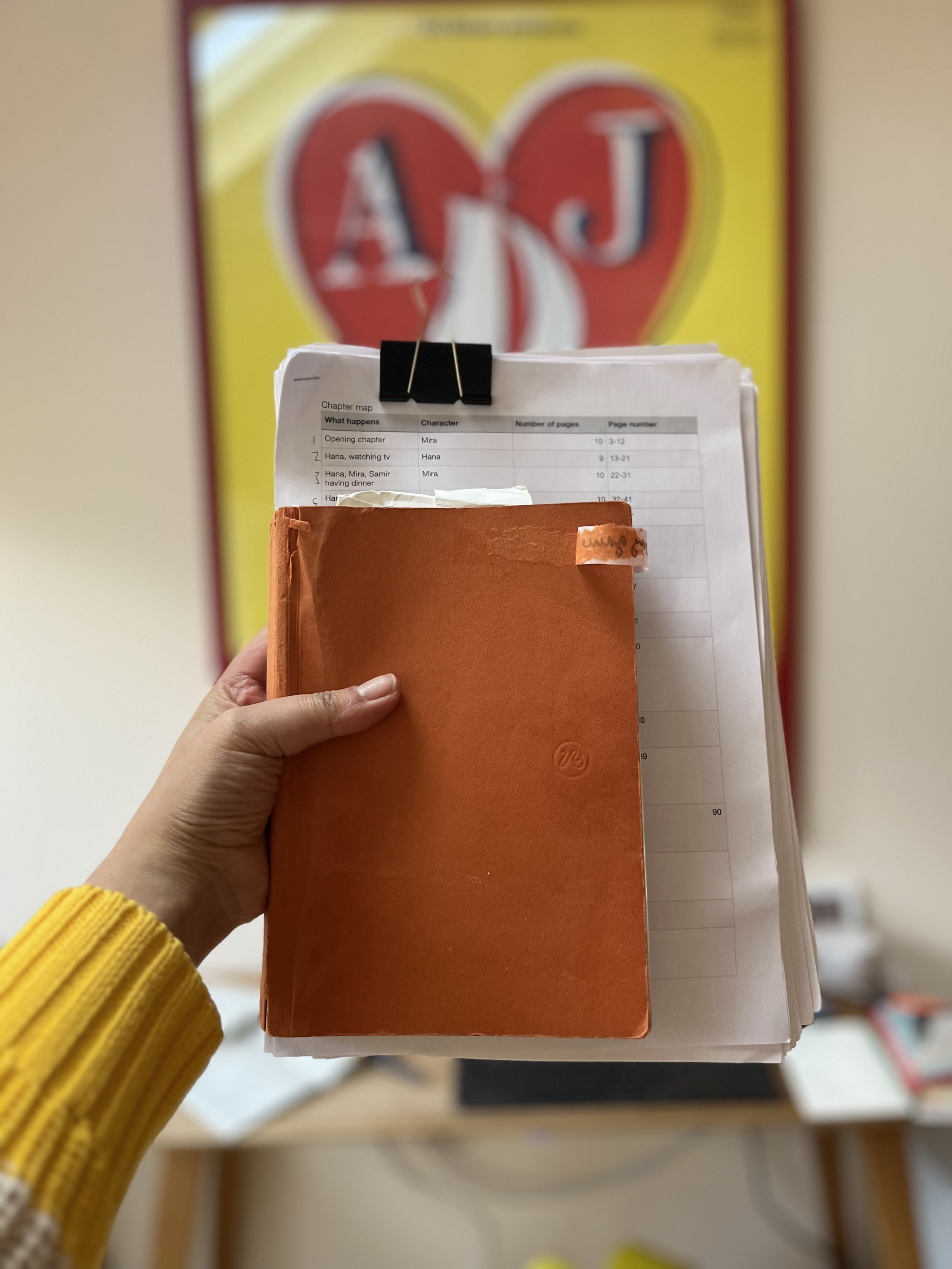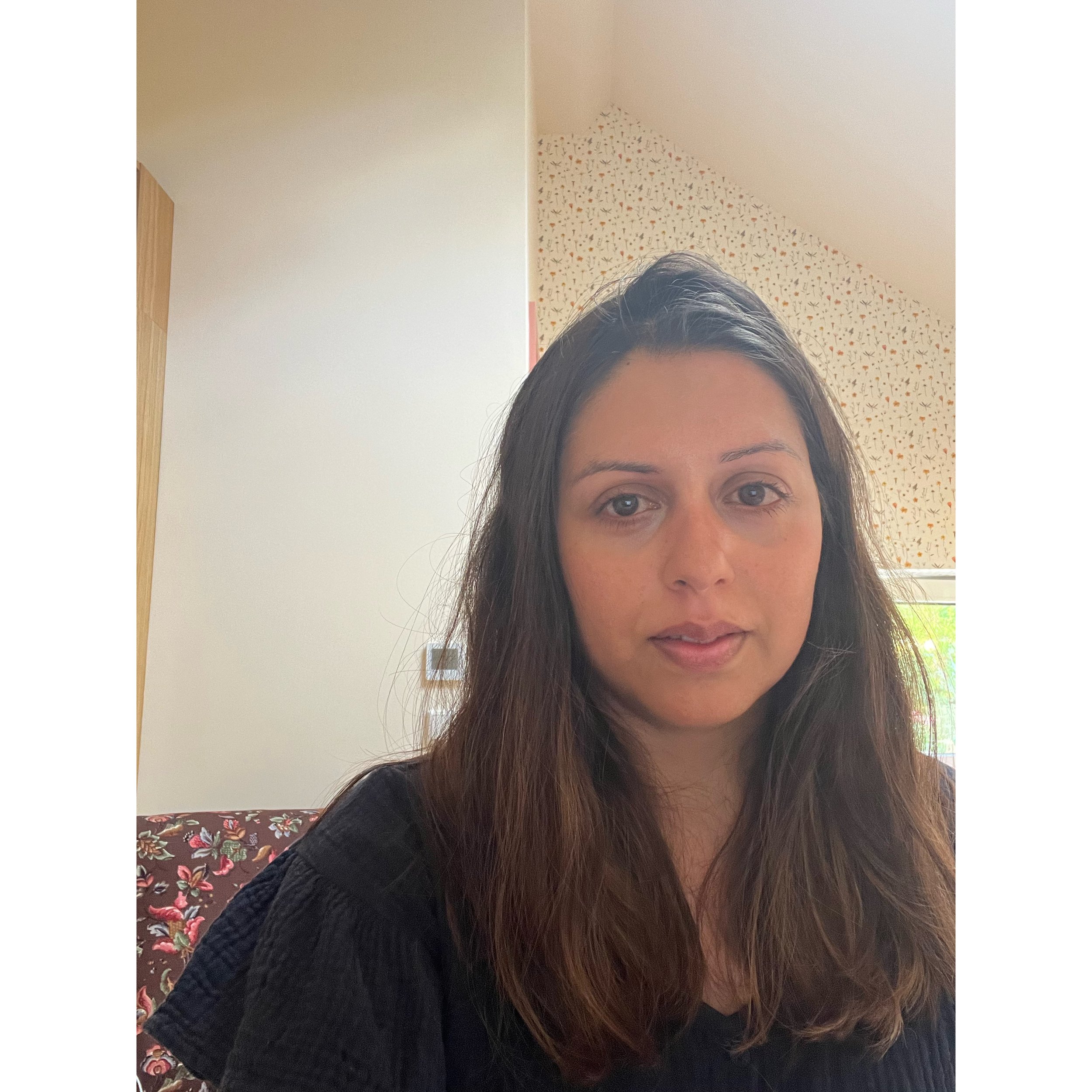The editing stages of a manuscript revealed!
An extract from an email from my editor, when I sent her my completed novel at the end of last summer
I got some good news last week; my novel is now moving into the copy editing phase; this means my novel is one very big step closer to soon being an actual book. This is still entirely wild to me!
It occurred to me that for most people who haven’t been published, or don’t work in publishing, the terms ‘structural edits’, ‘line edits’ and ‘copy edits’ may not really mean anything.
A lot of the publishing process can feel very mysterious, and so I thought I’d lift the curtain on what happens behind the scenes when you’re in the editing stages of your manuscript. This is all based on my personal experience, and hopefully it will shed some light on the publishing process and manuscript editing for you too:
Messy first drafts
Okay, so before we move onto the four stages of editing, we actually have to backtrack a little and start at the beginning. Because before there’s anything to edit, there has to be a draft of a manuscript to work with. So, obviously, we all know what a first draft is, but know that everyone’s definition of what a first draft is will be very different.
I personally dislike the term ‘first draft.’ I prefer instead to think of each draft as a layer, a document I would go over again and again and continue adding to at each turn.
It probably took me seven or eight ‘layers’ of writing various versions of different stories before I had a clear idea of what I wanted my novel to be about. This took about a year and a half, pretty much all of 2021, working to deadline, in-between How We Met and Things We Do Not Tell The People We Love being published.
First draft timeline
My deadline to show my editor a ‘messy first draft’ (which was actually more like a seventh or eighth layer in my definition) was May 2022. At this point, after about a year and a half of writing on it, it was still only about 40,000 words and the novel was not so much a novel as it was a series of ‘scenes’ or drawn out ‘vignettes’ - in that respect, the story was disjointed, but looking back I can see how this was all part of the process. I didn’t yet know how to knit my scenes together and what was right for the story and what wasn’t.
It’s important to note that most writers wouldn’t be sending their editor their ‘messy first draft’ - I did, because I already had a book deal lined up for this novel so she was in on it from the very beginning, before I’d written a word of it.
If you don’t have a book sold on a synopsis alone, then you’d probably be working on that ‘messy first draft’ with your agent, or, if you don’t have an agent, you’d be working on it yourself in order to then submit to an agent, or perhaps you’d be working on it with a mentor or in a creative writing class. To be clear, it’s not like your agent or editor would ever be putting words into your mouth and telling you exactly what to write - the words and the work is all yours - but that fresh pair of eyes is so helpful to give you a perspective on what might be missing and what your story might need to get you to completion.
All the various desks I wrote at over the summer, while travelling in Denmark with my family and waking up very early to get my writing done!
After the first draft
After handing in my messy first draft and receiving feedback, I had a plan, knowing what parts of the plot I needed to work on. I went away and I wrote seven pages a day for three months and then by the end of August 2022, I was able to hand in a much more complete draft of a book of 60,000 words, that was no longer disparate, where the plot points were clearer and the chapters sat together as opposed to being entirely separate (so, let’s say, if you were working with an agent at this stage, this would be the kind of manuscript they might put out to editors on submission). It even had an epigraph (not necessary btw!). So, now that the elements of the story were in place, we could move on officially into the edits, starting with…
Structural edits
From November to December I worked on structural edits. This for me was the most intense part of the editing and writing process.
Structural edits is a technical sounding term for ‘getting the story right.’ But really it’s about being incredibly nerdy about everything - the story line, the plot, the themes, the characters.
I’d say it’s about getting everything that you possibly can in place, other than the microscopic level of attention to detail to language that will come later. (I mean, obviously you’re paying attention to the language, but just not in such a detailed way that it stalls your momentum).
This is the part when your work is really elevated from being ‘just’ a manuscript into, well, a book in the making, with rich themes and complex characters. It’s when all the gaps and question marks and little things that don’t make sense (because at the time you wrote them, you told yourself you’d deal with them later) finally really do have to be sorted out.
How do you sort them out? Well, having an editor means you have perspective. My editor would leave comments in tracked changes with queries, and I’d go through and consider them - not by replying to the comments, but by simply being back in the text, thinking very carefully about what I needed to do, or what needed to happen next, or what wasn’t quite working.
You don’t actually have to take your editor’s comments on board by the way, I’ve heard stories of authors who don’t, but I’m very much interested in bettering my writing and I’ll absolutely take someone else’s advice on it. To me, the editing process is an invaluable opportunity to learn, and to perfect your craft continually and I’m not above accepting someone else’s opinion, especially if that’s an editor or an agent who has seen and worked on many more manuscripts than I have. So even though at the time the structural edits felt like a lot of work, I’m very grateful I went thought this process. And I could not be more grateful for my brilliant editor. I’d save all her lovely comments to keep me going when I needed the extra encouragement!
Structural edits: timeline
I spent two very fast paced m0nths literally living inside my book and not thinking about anything else at all. What worked for me, to get through it, was to make a chapter map and set myself a daily goal of how many chapters I was going to work on. My chapter map was basically a spreadsheet, listing each chapter, detailing what happened in it and what needed fixing (if it did need fixing). I went through the spreadsheet and highlighted all the chapters that still needed work, and then methodically worked my way through them (I’ll write a blog post on this some other day), while completely ignoring the chapters that didn’t need work and not getting distracted by going back into them and tweaking.
By the end of this stage, I had somehow written over 20,000 words in two months. I handed in 87,000 words to my editor a week before Christmas with the email: ‘I’m all out of words.’
Luckily, she loved it. And so we moved into…
Line edits
My favourite part of the process!
After structural edits, things moved pretty quickly. I spent just under two months on line edits, from late January to early March.
Line edits means you go through line by line and really make sure every single word has earned its place; it’s where your editor might highlight slightly clumsily written sentences and nudge you to think of a better, more elegant way to say it. Or, she’ll also leave you little notes to tell you how much she loves something you’ve written, a certain description, a piece of dialogue. And that’s just lovely.
Line edits are my favourite part of the process and I’ve enjoyed doing them for every single one of my books. This is the stage where I feel like I can play with the language and have fun with it, without thinking about weighty things like structure and pace. Whereas structural edits at times made me feel sick, line edits I loved. It’s where I feel most like a writer (even though, funnily enough, the bulk of the writing is done).
It’s also potentially the last time that you’ll get to spend quite so much time with your characters, and there’s something rather beautiful and poignant about that. For me, with my novel, it was a chance to make sure I could do my absolute best for my characters before leaving them alone in their world for potentially the last time.
Line edits timeline
Once my line edits were done, I sent back 82,471 words to my editor. This time my email back to her was much happier - I felt like I’d done everything I possibly could have done to shape my novel into what it was. Finally, I was proud of it.
And now she’s read it. She told me it was wonderful and funny and tender and loving and real, which obviously brought me to tears. But it means that now we can move on into…
Copy edits
My trusty notebook and chapter map which got me to the end; and a selfie taken moments after it hit me that I had finished my structural edits; it felt like a moment worth recording!
Copy edits is when a new editor (a copy editor) will read the book closely with fresh eyes before it gets typeset. I can finally breathe too, knowing that at this point, there’ll be no huge rewrites required and most of the heavy lifting I need to do, as an author, is done.
That’s not to say there isn’t work to do, there is; but it’s mostly lots and lots of little things, really tiny, close attention to detail things, that need checking or refining.
In the copy editing stage, things like house style for punctuation and chapter titles (among other things) come into play, as well as discussions in the tracked comments about my various style idiosyncrasies and whether quite so many semi-colons and colons are really necessary (my answer: yes). It’s also where anything that might have been missed in any of the previous edits will get spotted, and there’ll be a chance for me to correct them. But again, any corrections will be light, because any major errors would not have made it this far. It’s where any slight irregularities in the timeline that anyone else might have missed will need to be corrected. For instance, I remember a short story where I had someone wearing a coat but I’d said earlier that it was a hot day, and so that needed to be fixed; it’s that kind of thing.
The precision of copy edits is just at another level. I am very grateful to copy editors too!
And then
Once I’ve been through the copy editor’s changes, and my editor has as well, then it’s off to a proofreader for any final typos or mistakes before the book is typeset and bound into proofs. And then publicity will take over, sending the proofs out for early reviews and quotes from fellow authors for the cover. At some point, I guess I’ll write my acknowledgments for the final book, and then, it’s a case of sitting tight and waiting until publication day in November.
Life cycle of a manuscript
Writing all of this down and looking back at how my word count grew has afforded me the opportunity to reflect on my writing experience with this book. I can’t quite believe I’ve done it, can’t quite believe I’ve got this far.
It’s astonishing to me to remember just how much work I put into my novel. All those words, all those hours spent at my desk, or different desks, all those tears, all those long lonely nights and those early quiet mornings, waking up two hours before everyone else for months on end. It’s been a lot, and though at times it felt like this novel had broken me, I’m also honestly so proud of it and I can see now, that I couldn’t have written it any other way. I don’t know that I’ve ever worked as hard on anything else in my life. Though I’m nervous about reviews and how my book will be received, I’m still excited for my characters to enter the world and for them to stay with you.
They feel real to me. I hope they feel real to you. And I also hope that this blog post has helped explain a lot more about the editing, writing and publishing process; don’t forget, you can let me know if it was helpful to you by sending me a message here.
Postcards Home, my unique life writing course, starts Monday May 1st, 2023
A simple, joyful six-week online life writing course designed to inspire you to fall in love with writing. Start writing the story of you, of the memories that make you.
‘Postcards Home was the best decision of my life. Your course was lovely, light and a wonderful way to ease into writing.’ (Student testimonial)
